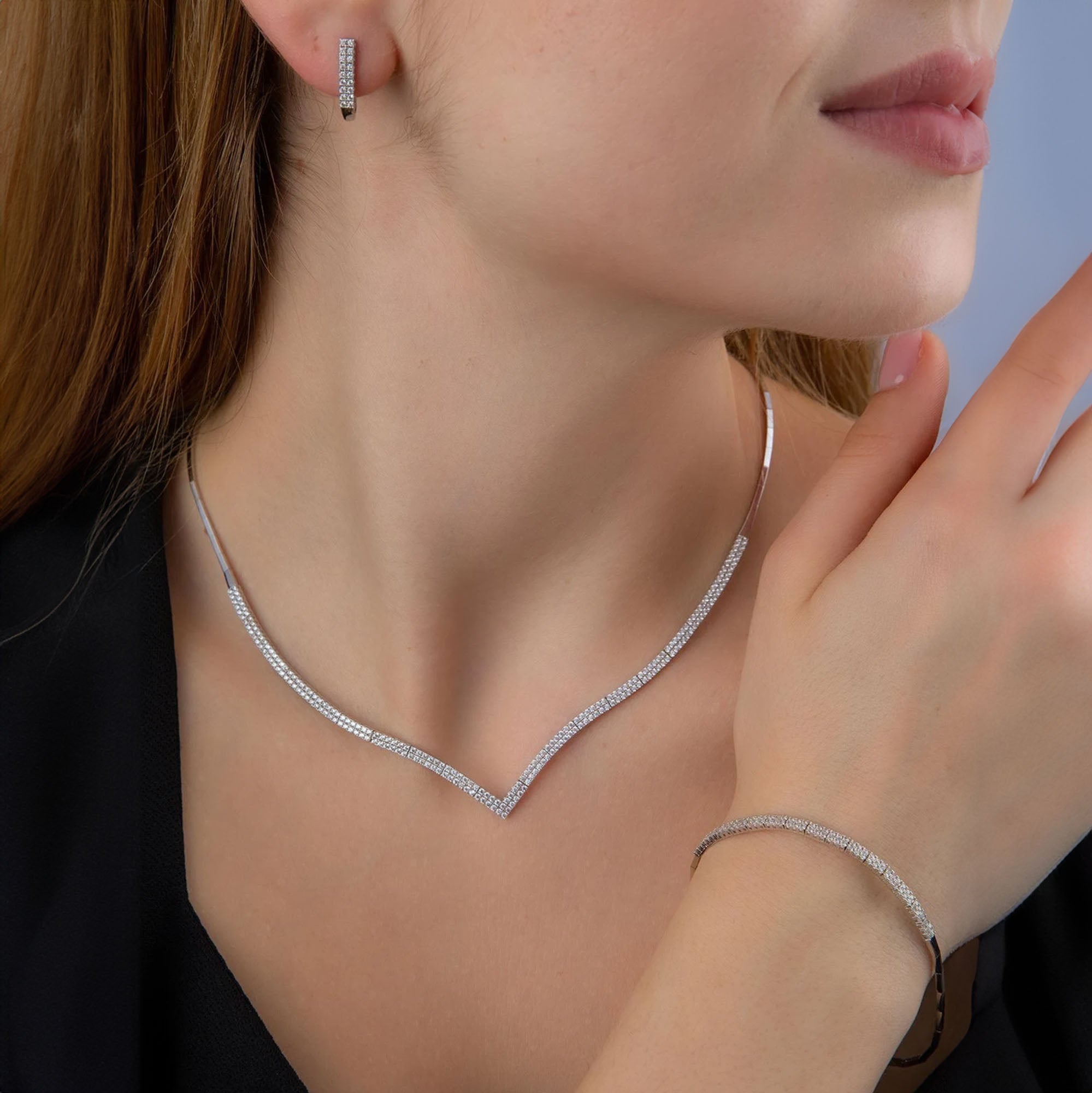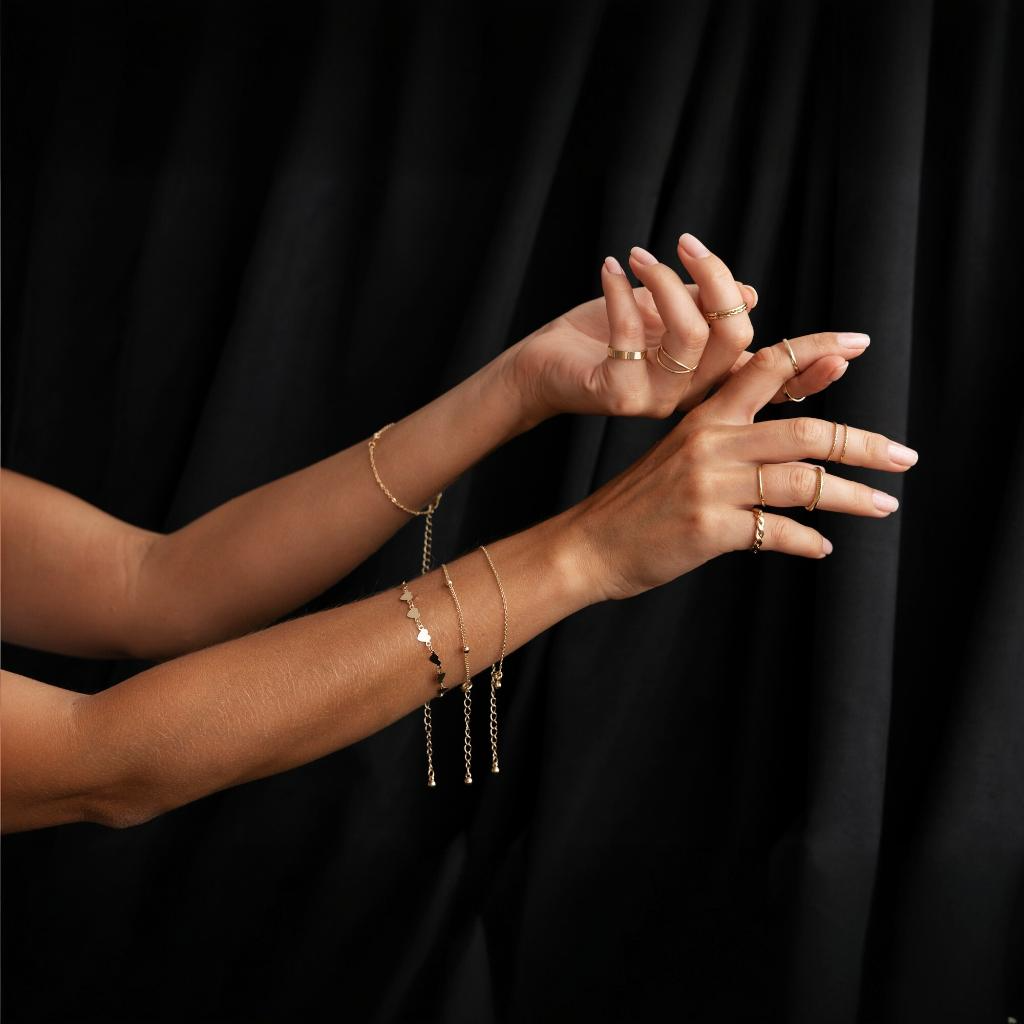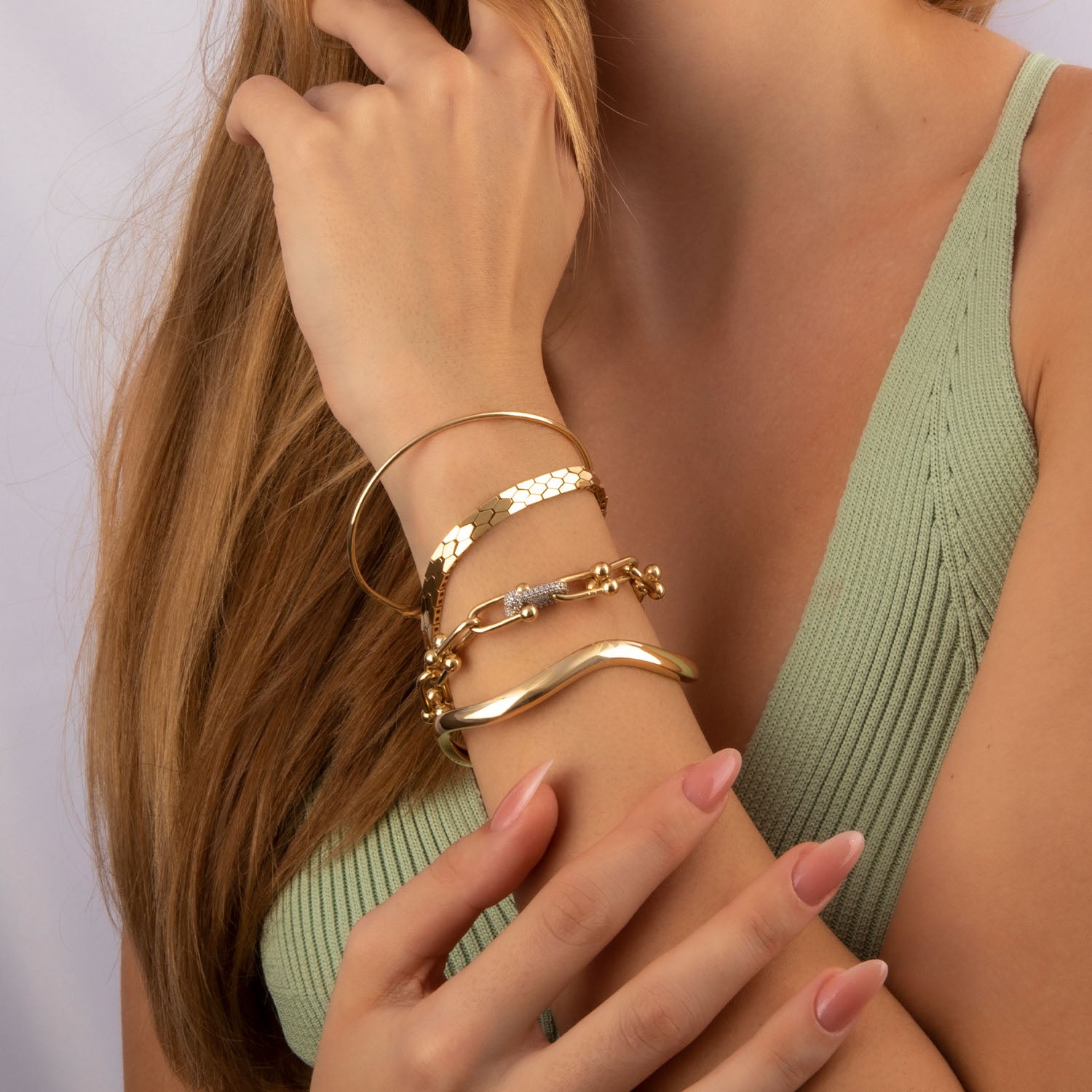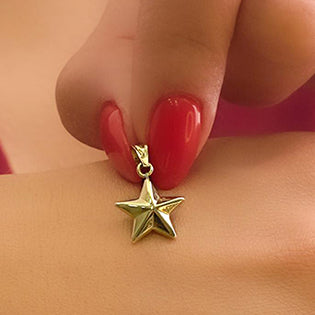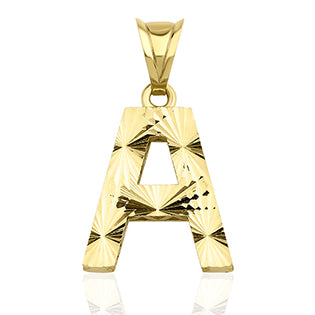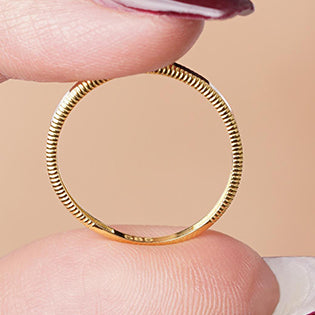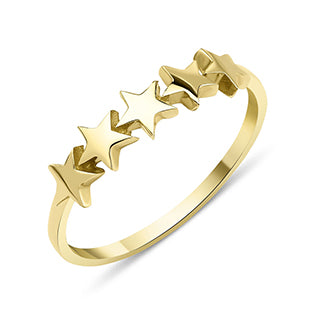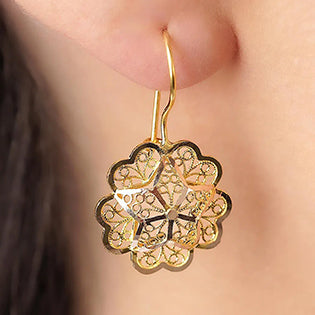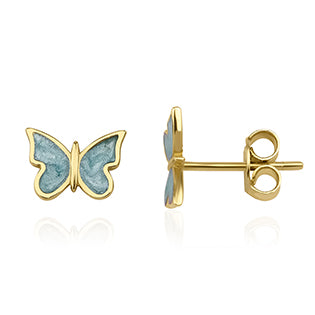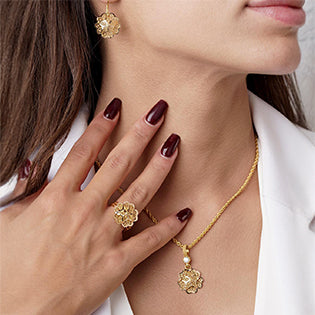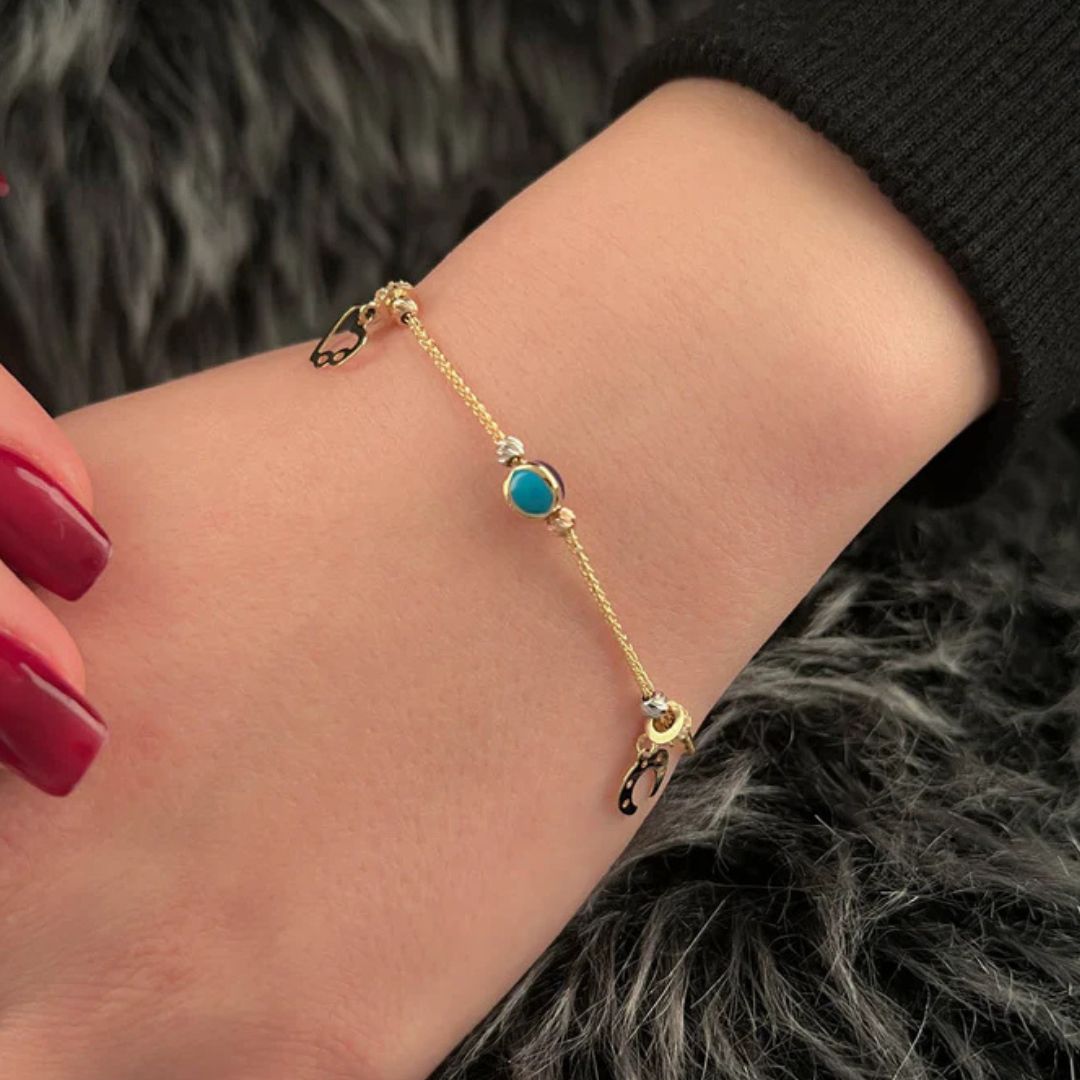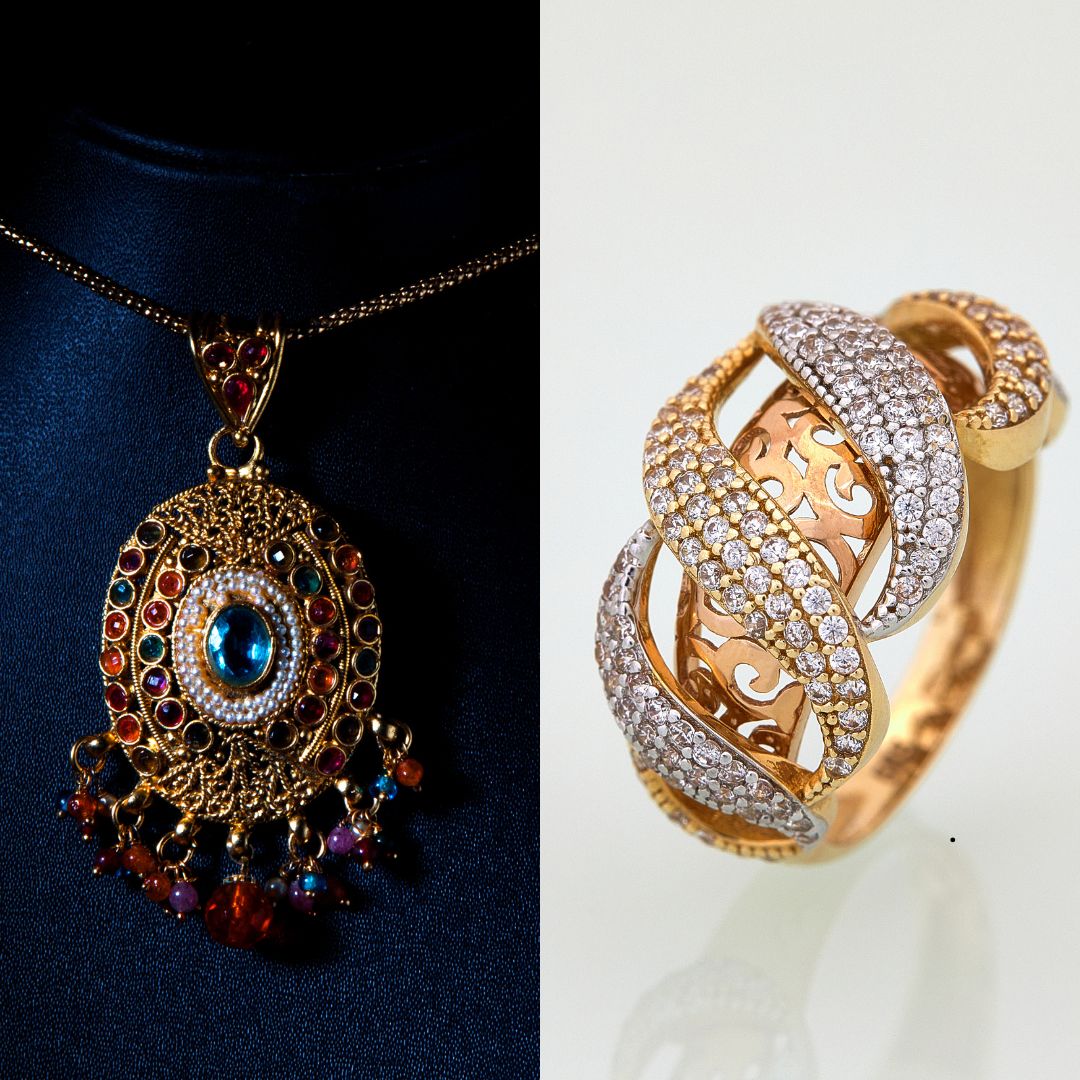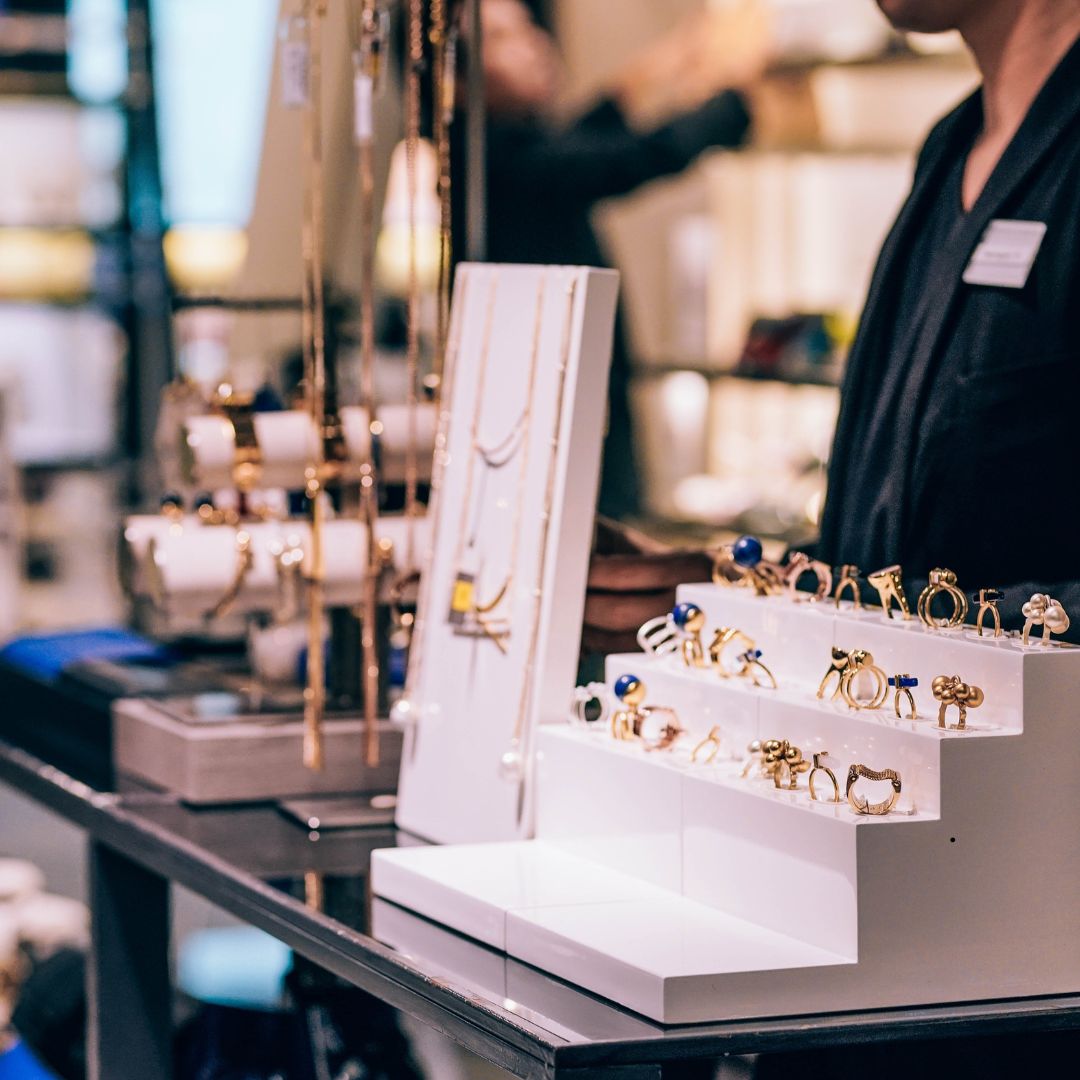
Best Time of Year to Buy Gold Jewelry at Low Prices
Gold jewelry has long been a symbol of elegance, wealth, and cultural significance. Whether you're purchasing a simple gold chain for everyday wear, an intricate necklace for a special occasion, or investment pieces like bangles and rings, the price you pay can vary significantly based on when you buy. Gold prices are influenced by a complex interplay of global market forces, seasonal demand, economic conditions, and retail strategies. For savvy shoppers looking to score gold jewelry at the lowest possible prices, timing is everything. By understanding the best times of the year to make your purchase, you can potentially save hundreds or even thousands of dollars.
In this comprehensive guide, we'll explore the seasonal trends in gold prices, highlight the optimal months for buying gold jewelry, discuss periods to avoid, and provide practical tips to maximize your savings. Drawing from historical data, market analyses, and expert insights, this article will equip you with the knowledge to make informed decisions. While gold prices can fluctuate unpredictably due to geopolitical events or economic shifts, seasonal patterns offer reliable cues for when deals are most likely to emerge.
Understanding Gold Price Fluctuations and Their Impact on Jewelry
Before diving into specific times of the year, it's essential to grasp what drives gold prices and how they translate to jewelry costs. The spot price of gold—the baseline value per ounce on global commodities markets—forms the foundation of jewelry pricing. However, jewelers add markups for craftsmanship, design, purity (measured in karats), and overhead costs. Retail prices can be 20-50% higher than the raw gold value, depending on the piece.
Seasonal trends play a key role because demand for gold jewelry spikes during certain periods, pushing prices up. For instance, cultural festivals, weddings, and holidays increase buying activity, leading to higher spot prices and reduced discounts from retailers. Conversely, off-peak seasons see lower demand, prompting jewelers to offer promotions to clear inventory.
Historical data reveals clear patterns in gold's performance. Gold often experiences its strongest gains from mid-summer through early the following year, with average monthly returns peaking in months like January (around 1.9%), August, and September. This rally is partly driven by increased demand in Asia during festivals like Diwali in India, where gold purchases are auspicious, and holiday shopping in the West. On the flip side, summer months like June and July typically see lower trading volumes and softer prices, making them ideal for buyers.
Economic factors also interplay with seasonality. A strong U.S. dollar can suppress gold prices, as gold is denominated in dollars, while economic uncertainty often boosts them as a safe-haven asset. For jewelry specifically, retail dynamics add another layer: jewelers slash prices during slow periods to stimulate sales, especially after high-demand seasons when unsold stock accumulates.
The Best Times of the Year to Buy Gold Jewelry
Based on market trends and retail behaviors, certain months and periods consistently offer the lowest prices for gold jewelry. Here's a breakdown:
January to March: Post-Holiday Clearance and Low Demand
The start of the year is widely regarded as one of the prime windows for snagging gold jewelry at bargain prices. After the frenzy of holiday shopping in November and December—think Christmas, Hanukkah, and New Year's—demand plummets. Jewelers are left with excess inventory and are eager to clear it out to make room for new collections. This leads to deep discounts, often 20-50% off on gold pieces that didn't sell during the peak season.
Moreover, the spot price of gold tends to dip in early January, reaching its annual low around the second week. Historical averages show January as gold's strongest month for returns, but paradoxically, it's a buyer's market because the preceding holiday surge leaves prices temporarily deflated before the rally begins. In March, prices can be "ridiculously low," as jewelers continue promotions to boost slow winter sales. For example, if you're eyeing 22-karat gold earrings or a pendant, this period could yield savings of 10-15% compared to peak times.
Cultural factors in regions like India also align here; post-Diwali (October-November) and pre-wedding season lulls contribute to global price softness. Shoppers in the U.S. or Europe might find online retailers like Blue Nile or local chains offering flash sales on gold chains and bracelets.
Late Spring and Summer: The "Summer Doldrums" for Gold
If January feels too soon after the holidays, consider late May through July. These months are often dubbed the "summer doldrums" in the precious metals market, characterized by low trading volumes and subdued demand. With fewer weddings, festivals, or gift-giving occasions, jewelers face sluggish sales and respond with aggressive pricing.
Gold prices historically bottom out in June and July, before the seasonal rally kicks off in August. This is when raw gold costs are at their cheapest, directly benefiting jewelry buyers. Retailers might bundle deals, like buy-one-get-one-half-off on gold rings or discounted making charges (the fee for labor and design). End-of-season sales in late summer further amplify savings, as stores prepare for fall collections.
For instance, in hotter climates, summer sees reduced foot traffic in physical stores, prompting online discounts. If you're planning a purchase for later gifting, buying now and storing safely can lock in low prices. Avoid waiting until August, when prices start climbing due to back-to-school and pre-festival buying.
Sales Events and Holidays: Black Friday and Cyber Monday
While not strictly seasonal, major sales events like Black Friday and Cyber Monday in late November provide exceptional opportunities for discounted gold jewelry. These days kick off the holiday shopping season, but ironically, they offer deals on gold items as retailers compete fiercely. Expect 30-60% off on select gold jewelry, especially from big-box stores like Macy's or online giants like Amazon.
However, this period overlaps with rising demand, so focus on early deals before prices firm up. Similarly, post-Thanksgiving sales can extend into early December, but act quickly to avoid the Christmas rush.
Worst Times to Buy Gold Jewelry
To truly appreciate the best times, it's worth noting when to steer clear. Avoid high-demand periods like October-November, coinciding with Diwali, weddings in India (a major gold consumer), and early holiday shopping. Gold prices surge due to cultural buying, and jewelers rarely discount amid booming sales.
December is another peak, with Christmas and New Year's driving gift purchases. Spring festivals like Akshaya Tritiya in April-May can spike prices in Asia, rippling globally. Economic booms also inflate costs, as investors shift away from gold.
Additional Tips for Scoring the Lowest Prices
Beyond timing, here are strategies to enhance your savings:
- Monitor Gold Prices: Use apps like Kitco or websites tracking spot prices. Buy when the price per gram dips below recent averages.
- Shop Online and Compare: Platforms often have lower overheads, leading to better deals. Look for free shipping and return policies.
- Negotiate at Local Jewelers: During slow months, haggle on making charges or ask for cash discounts (2-3% off for avoiding credit card fees).
- Consider Purity and Weight: Opt for 18-karat over 24-karat for affordability, and buy by weight to focus on value.
- Buy Used or Pawn Shop Items: Pawn shops offer steep discounts on pre-owned gold, especially for pieces lingering over three months.
- Factor in Economic News: A weakening dollar or stock market dips can signal rising gold prices—buy before the uptick.
Finally, remember that while seasonality guides, no time is "perfect." As one market adage goes, "The best time to buy gold was yesterday; today is the next best." Start small if uncertain, and consult certified jewelers for authenticity.
Conclusion
Timing your gold jewelry purchase can make a substantial difference in cost, with January-March and summer months emerging as the sweet spots for low prices due to reduced demand and retailer incentives. By avoiding peak festival and holiday seasons, monitoring trends, and employing smart shopping tactics, you can acquire beautiful pieces without breaking the bank. Gold isn't just an adornment—it's an investment, and buying low ensures long-term value. Whether for personal use or gifting, plan ahead, stay informed, and enjoy the sparkle of savings.


